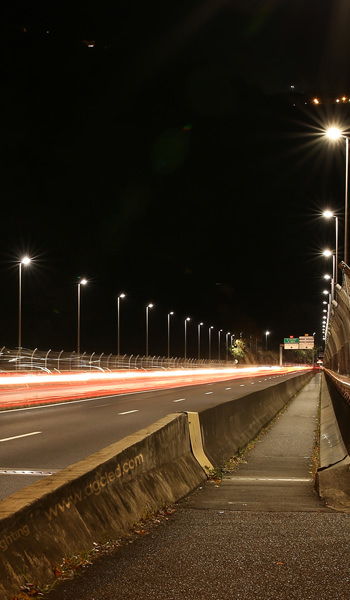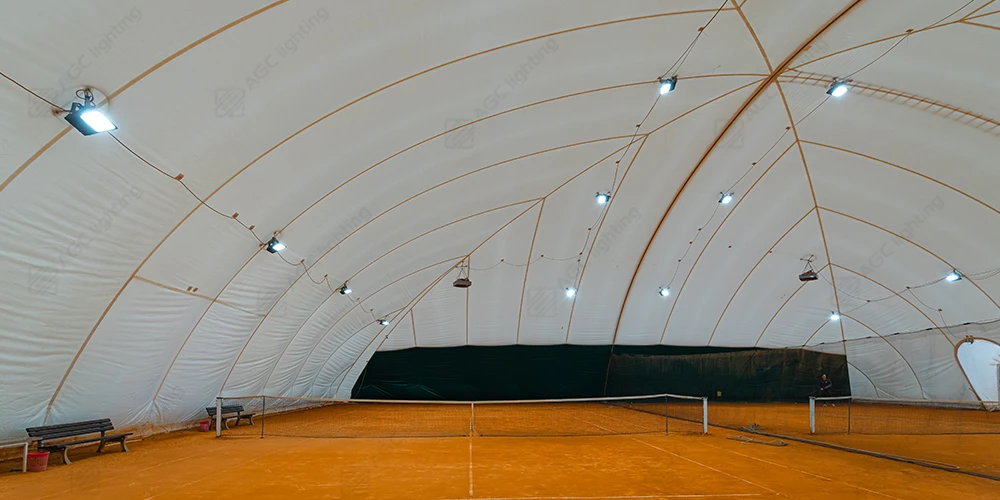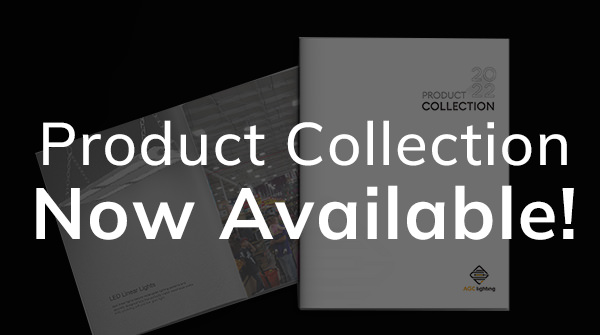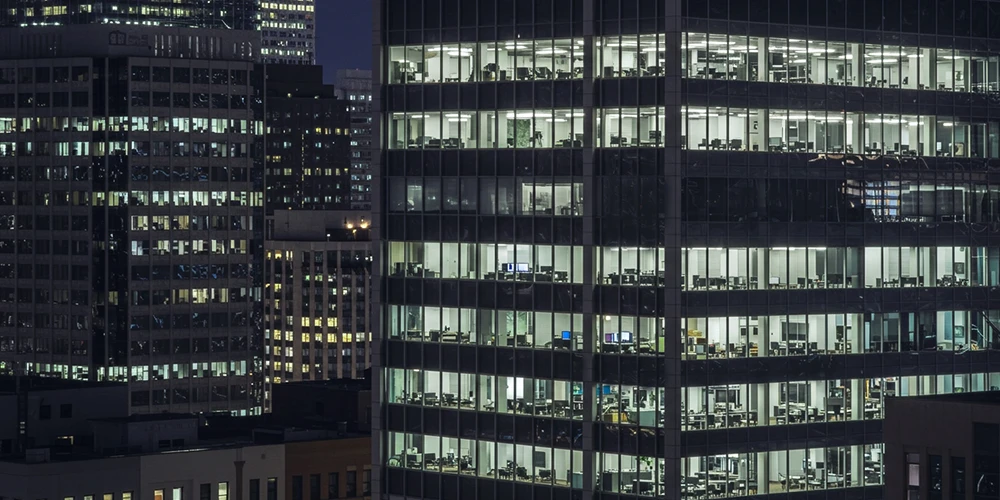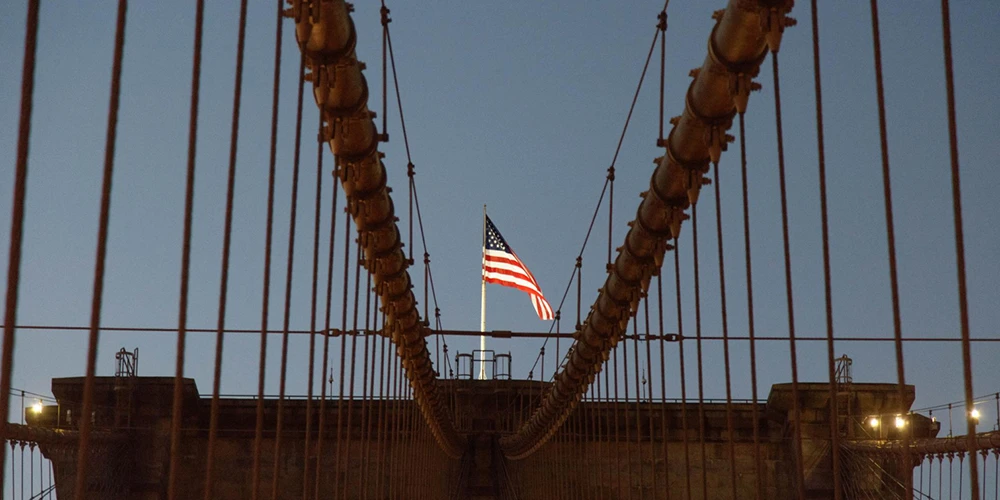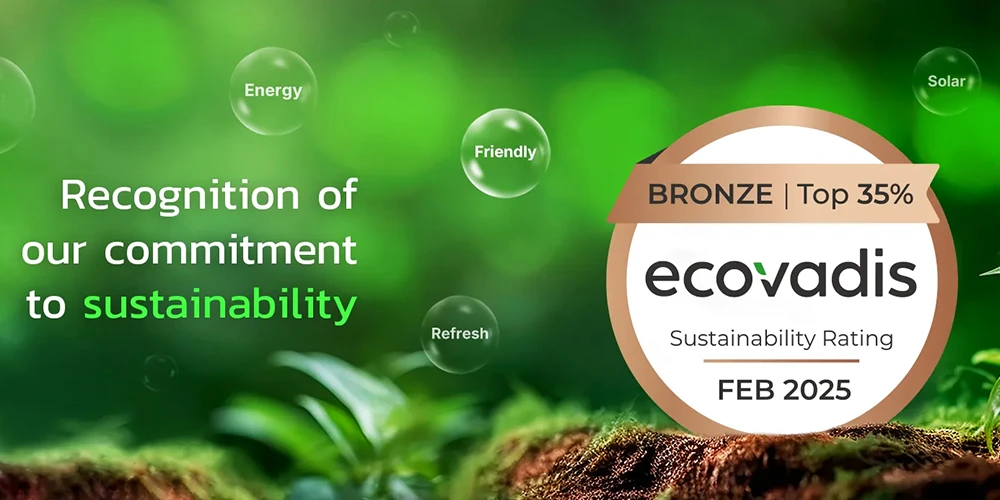Air domes, which are supported by pressurized air, provide a flexible and affordable solution for sports facilities, event spaces, and seasonal recreational areas.
Their translucent materials, curved shapes, and large open interiors call for thoughtful lighting strategies that ensure functionality, energy efficiency, and user comfort. Effective lighting does more than simply make a space visible. It enhances safety, supports athletic performance, creates a welcoming environment, and helps reduce energy consumption and operational costs.
In this blog, we’ll share practical tips to help you optimize lighting in your air dome.
Challenges for Air Domes Lighting
Air domes are supported by pressurized air and offer a sustainable solution that can be built in just about three months. But their curved, translucent membranes present unique lighting challenges that need careful attention.
One key factor is how the dome’s translucent material interacts with light. During the day, the membrane naturally diffuses sunlight, creating soft, even lighting inside. However, at night, the space requires bright and comfortable artificial lighting. Natural light levels are unpredictable, changing with the weather, time of day, and seasons. In addition, different materials reflect, absorb, and diffuse light in various ways, which affects the overall brightness and consistency inside the dome. These factors make it difficult to maintain stable and sufficient lighting throughout the day.
Another challenge is the lack of internal walls or traditional ceilings. Lighting fixtures must be carefully placed to reduce shadows and avoid glare on the curved surfaces. At the same time, it's essential to use mounting and wiring solutions that do not affect the structure’s airtight seal or overall stability.
So here, we share some tips to optimize air dome lighting
Tip 1: Select Lightweight LED Lighting Fixtures
Air domes are different from traditional buildings because they use a fabric structure supported by air pressure instead of a solid roof. Installing heavy lighting can put pressure on the fabric and affect the dome’s stability and overall lifespan.
To avoid this, choose LED lights made from strong but lightweight materials. This ensures good performance without adding extra weight. We offer compact floodlights and high bay lights that weigh less than 25 pounds, making them a great fit for air dome projects.
Tip 2: Make Sure Lighting Levels Are Sufficient
Good lighting isn’t just about turning the lights on. It’s about providing the right amount of light for the activities happening inside your air dome.
Different sports and events need different light levels. For example, basketball usually needs less light than soccer because the ball is bigger and easier to see. In general, recreational sports need around 30 to 50 footcandles, while professional or competitive games may require 75 to 100 footcandles to meet official standards.
Tip 3: Use the Right Mounting Method
There are ground mounting, wall mounting, ceiling mounting, and suspended mounting.
One of the most common and effective methods is using a cable suspension system. Strong cables are stretched across the dome and securely attached to the perimeter or reinforced spots on the structure. The lights are then mounted on these cables at the right height and spacing.
For smaller domes, mounting lights on poles around the edge is another good option. This method directs light inward and avoids attaching anything to the fabric. However, it’s important to aim the lights carefully to avoid glare and make sure the whole area is evenly lit.
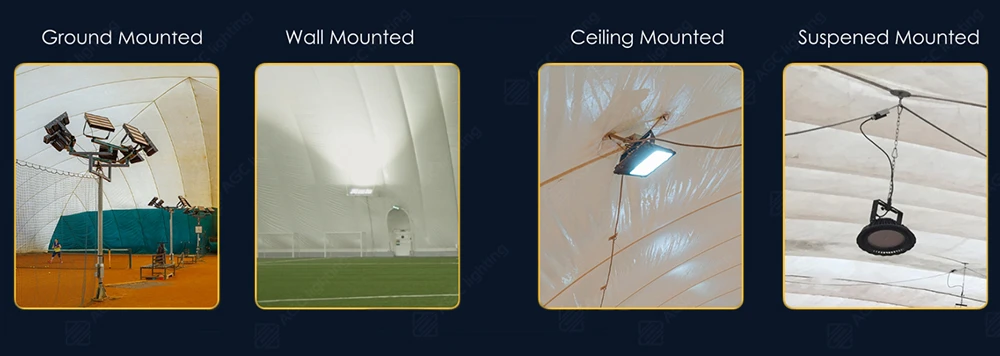
Tip 4: Strategic Placement for Better Lighting
The way you position lighting fixtures in an air dome plays a big role in how well the space is lit. Some of the most common layout options include grid, ring, and hybrid setups.
A grid layout places lights in straight rows along the length and width of the field. This helps achieve even lighting across the entire area but may not be the most energy-efficient choice.
A ring layout places lights around the perimeter at the top of the dome. This setup works well for lighting the field but might not fully cover seating areas or other parts of the dome.
A hybrid layout combines both methods. Some lights are arranged in a grid over the field, while others are placed around the dome’s perimeter. This can give more balanced lighting for both the playing area and the surrounding zones.
There are also special cases. For example, in a bracket-ready air dome project with a mounting height of just 5 meters, we installed lights along both sides of the field to reduce direct glare. Since players often look up to follow the ball, all fixtures used special asymmetric optics to deliver strong, even lighting without causing discomfort.
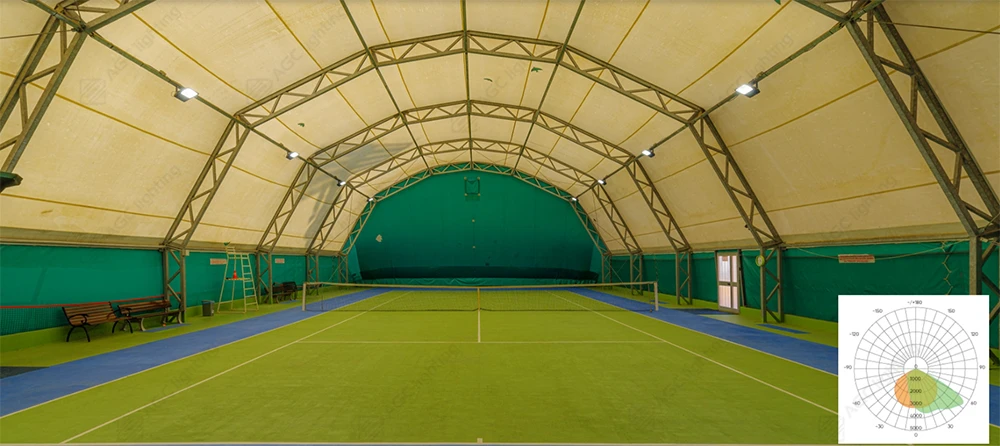
Tip 5: Choose Between Direct and Indirect Lighting
Direct lighting is the most common approach. It directs light straight down onto the activity area, making it highly efficient and effective at delivering bright illumination where it is needed. However, in air domes with reflective fabric ceilings, direct lighting can sometimes cause harsh shadows and strong glare. This is especially true when fixtures are mounted high, which can make it harder for athletes to track balls or other objects in the air.
Indirect lighting works differently. It involves aiming the light upward toward the dome’s fabric surface, which then reflects and spreads the light evenly throughout the space. This creates a softer, more uniform light with much less glare and fewer shadows, resulting in a more comfortable visual environment. The drawback is that it often requires more light output, which can mean more energy use or additional fixtures, since some of the light is absorbed by the fabric.
For the best outcome, you can combine both methods. Use direct lighting to meet the functional needs of sports and activities, and add some indirect lighting to reduce glare and improve overall comfort.
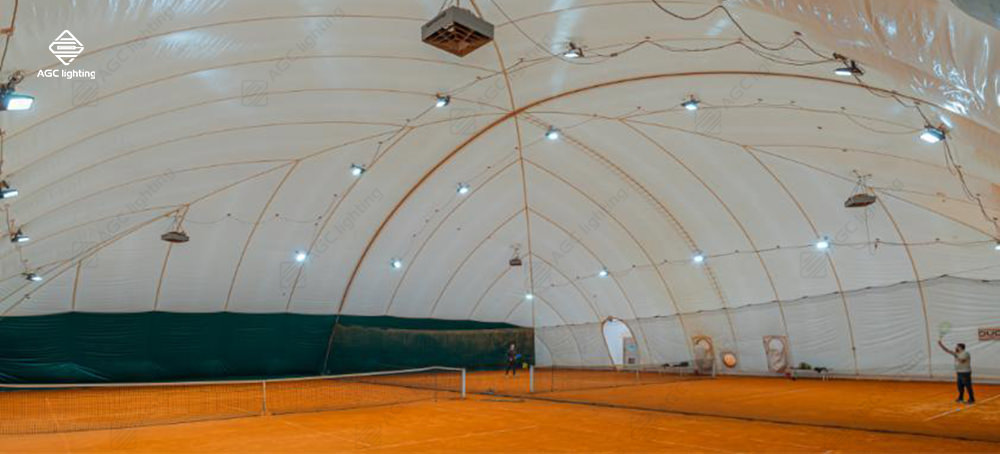
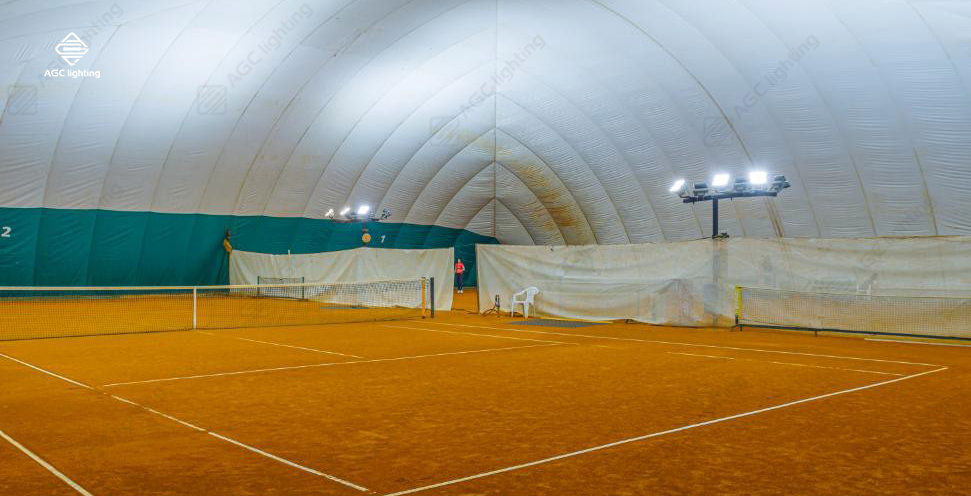
Related video:

